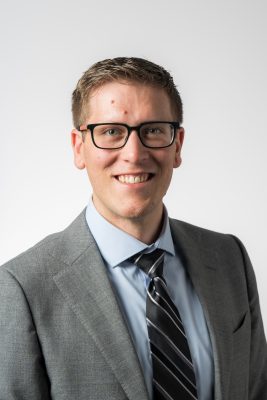
Thermal Energy Storage for Grid Resilience
Date: October 18, 2024; Time: 2:30 PM Location: PWEB 175
Abstract: The energy sector is undergoing a major transformation. More renewable energy resources are being added to the energy grid to replace aging fossil fuel power plants and meet growing demand. However, these renewable energy resources are more intermittent and rely on favorable weather conditions to produce energy often resulting in a misalignment of energy generation and demand. Thermal energy storage (TES) is a powerful tool to combat this misalignment. This talk will discuss how TES can improve the resilience of the evolving energy grid. Near-ambient temperature TES can complement building technologies to reduce building energy usage for heating and cooling, shift energy usage from on-peak to off-peak times, and extend the capabilities of existing building heating and cooling systems. At elevated temperatures, TES can serve as a peaking resource delivering power to the grid by discharging high grade heat to a thermal power cycle when renewable generation drops or demand rises. As the energy grid continues to evolve, TES provides unique opportunities to further enable widespread renewable energy deployment.
Biographical Sketch: Jason Hirschey is a postdoctoral researcher in the Thermal Energy Systems group at the National Renewable Energy Laboratory in Golden, Colorado. He received his PhD in mechanical engineering from the Georgia Institute of Technology in 2022 on near ambient temperature thermal energy storage for building heating and cooling. His current research focuses on thermal energy and heat transfer with special emphasis on concentrated solar power and high temperature thermal energy storage for power generation.